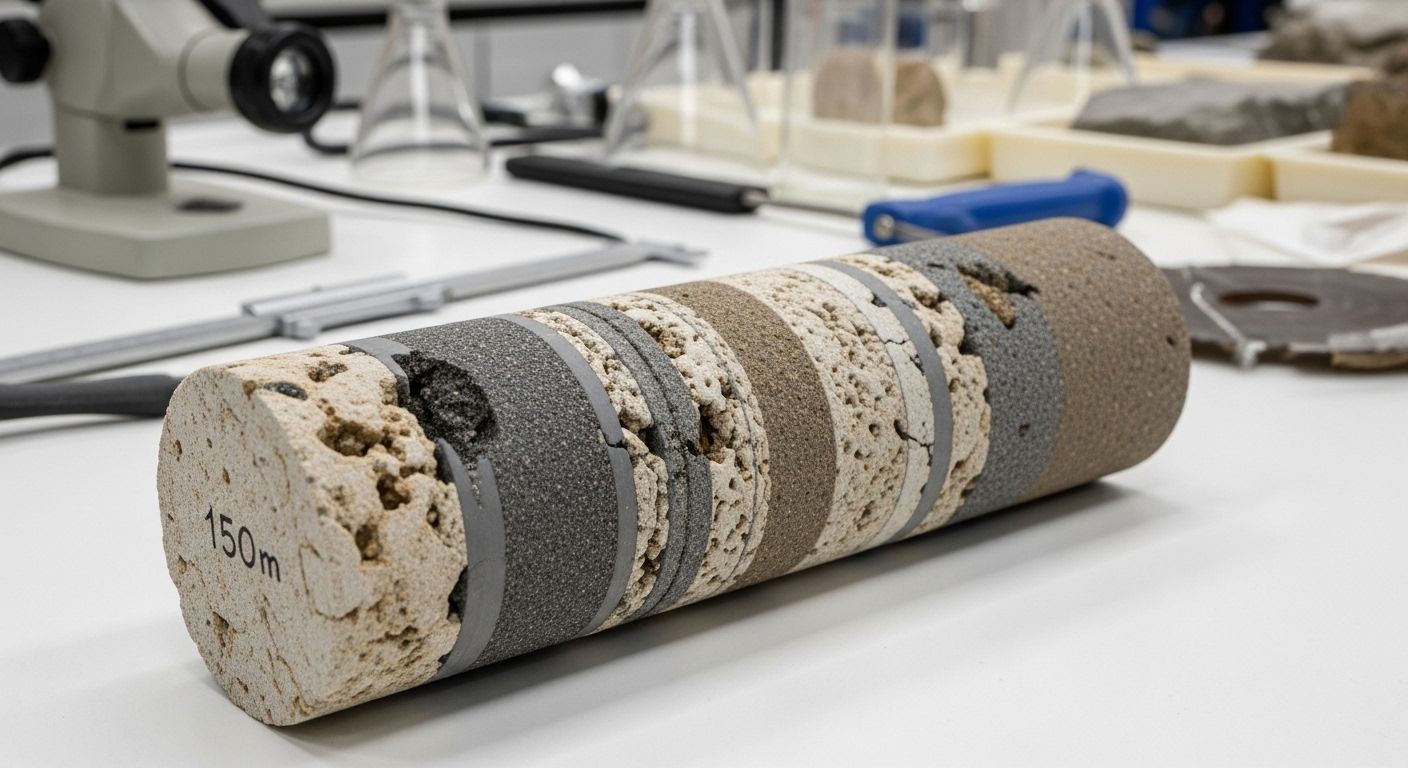
Identifying Reservoir Rock is a foundational geology and petroleum engineering course designed to introduce learners to the key characteristics of subsurface formations that store oil and gas. Reservoir rocks are the silent custodians of hydrocarbons, and understanding their formation and properties is essential for efficient exploration and production. Whether you’re just starting out or refining your technical skills, this course provides the essential building blocks for recognizing and evaluating reservoir quality.
🪨 By the end of this course, you’ll be able to:
This course is ideal for aspiring oil and gas technicians, geoscience students, and professionals seeking a refresher on reservoir fundamentals. It’s especially valuable for those involved in drilling, production, or subsurface analysis.